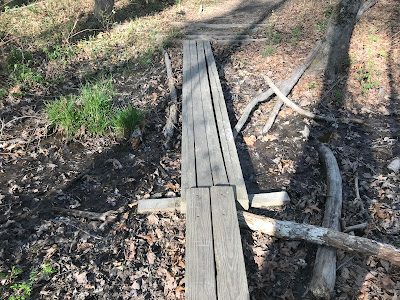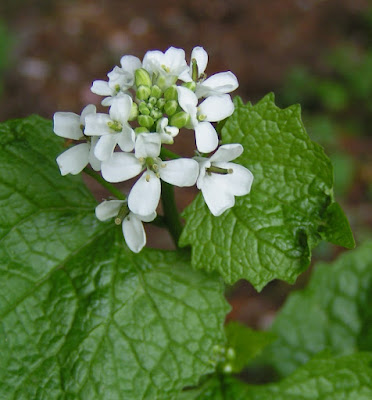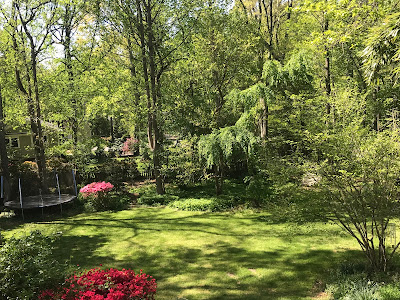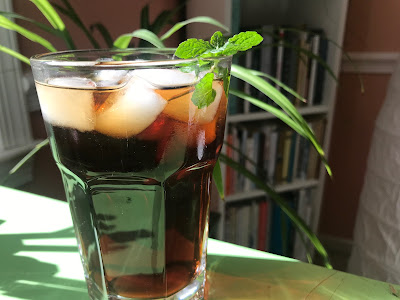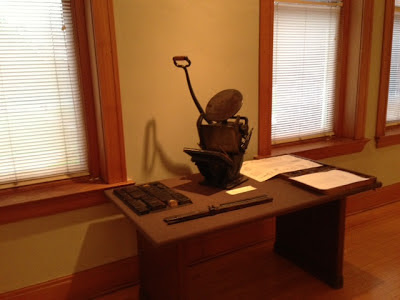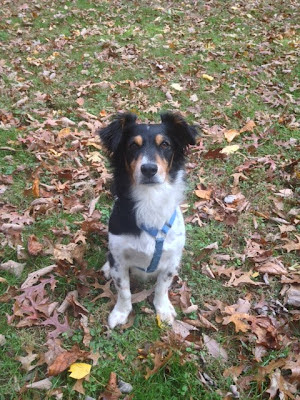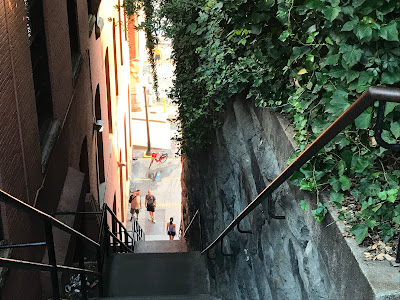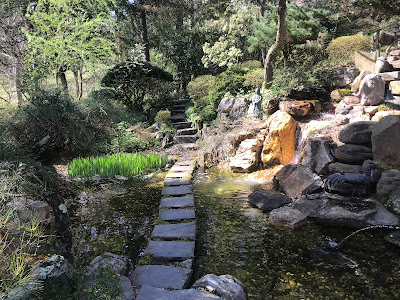For Love of Place
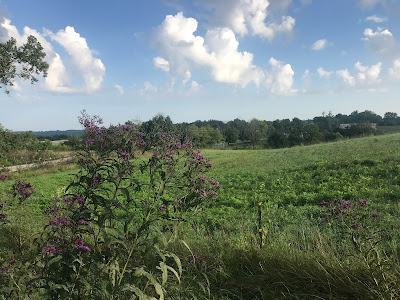
On this earth day I’m thinking about the places I love best on this planet: my home in Virginia, starting with the house and yard and moving beyond to woodland paths and trails, the spokes of a wheel of caring.
My hometown of Lexington, Kentucky, with its old brick homes and its new distillery district; with its rolling grasslands, shaggy limestone cliffs, white fences and horse farms.
Other places I have lived and loved: New York City, which inspired and thrilled me in my youth and revives me still. Chicago, which I heard about all my young life and where I went to college. Petit Jean Mountain in Arkansas, with its friendly people and its views that go on forever. And Groton, Massachusetts, small town extraordinaire, where I gave birth to our first child.
On Earth Day we honor this, our only planet, and think about ways to protect and promote its health and longterm viability. But all this protection and promotion starts with love. It’s love that emboldens us, that helps us make the tough choices, do the hard things. Unless we truly care about the earth, what incentive do we have to safeguard it?
(Above: Joe Pye weed blooms in a Kentucky meadow on a perfect August morning, 2021.)
